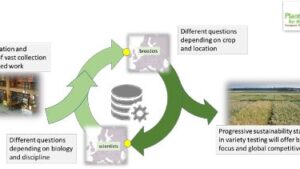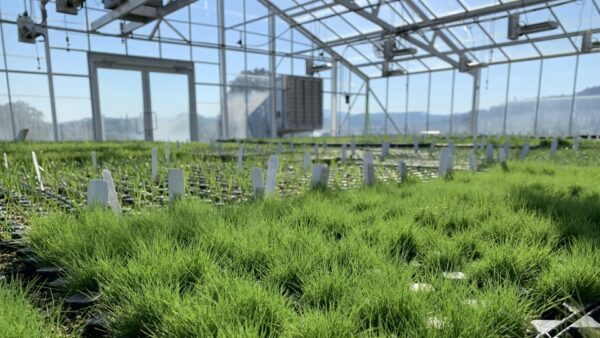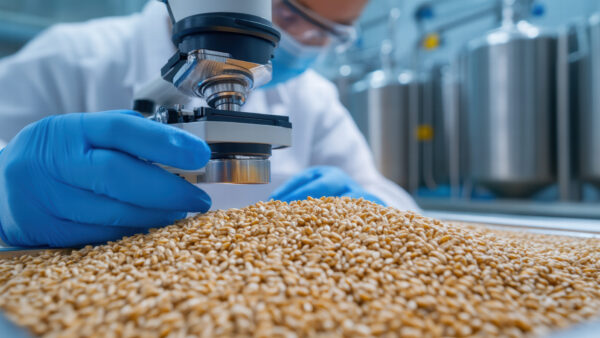PHI-base provides a comprehensive resource for deeper insights into pathogens and their hosts.
A new version of the Pathogen–Host Interactions Database (PHI-base) has been developed to offer deeper insights into how genes influence the outcomes of pathogen–host interactions. Researchers say PHI-base 5 expands the information extracted from peer-reviewed publications on these interactions, and with data now standardized, it will be easier for both humans and machine learning systems to utilize.
PHI-base has been freely accessible to the scientific community for nearly 20 years and is expected to exceed 10,000 curated genes by mid-2025.
The redesigned PHI-base 5 website displays all information about a given pathogen or host gene on a single page (one page per gene), which is intended to make it easier for researchers to explore genes of interest, and to identify findings in the literature that either confirm, or conflict with, existing knowledge, according to a press release. This change also makes it easier for information from PHI-base to be integrated with other biological databases, such as UniProtKB and KnetMiner.
PHI-base 5 allows the curation of information that is either entirely new to the system or delivered in more detail than before. This includes:
- changes to pathogen genes that cause resistance to antibiotics or antifungals;
- changes to host genes that improve the host’s ability to resist infection;
- phenotypes for interactions that are common in plants, such as gene-for-gene interactions; and
- comparisons between the normal phenotype causally linked to a gene to what happens when the gene is mutated or deleted.
“Within the One Health concept, there is growing recognition of the multiple interconnectedness between crop health, animal health, human health and ecosystem health” said Professor Martin Broadley, a science director at Rothamsted Research. “PHI-base allows researchers to rapidly explore the rules of life underpinning multiple pathogen types. Having this species breadth readily accessible allows exploitable common and species-specific mechanisms to stand out from the crowd.”
Nearly 17% of the database focuses on pathogens affecting rice and wheat—the two most widely consumed cereal grains — while almost 45% is dedicated to crop species. In the UK and Europe, the stability and economic viability of wheat production are increasingly threatened by climate change and the growing diversity of pathogens and pests. PHI-base offers the latest knowledge on pathogens and interaction phenotypes across various experimental scales, which researchers are using to develop novel genetic and other improvements aimed at enhancing the resilience of the wheat crop.
A full summary of improved features can be found here.













